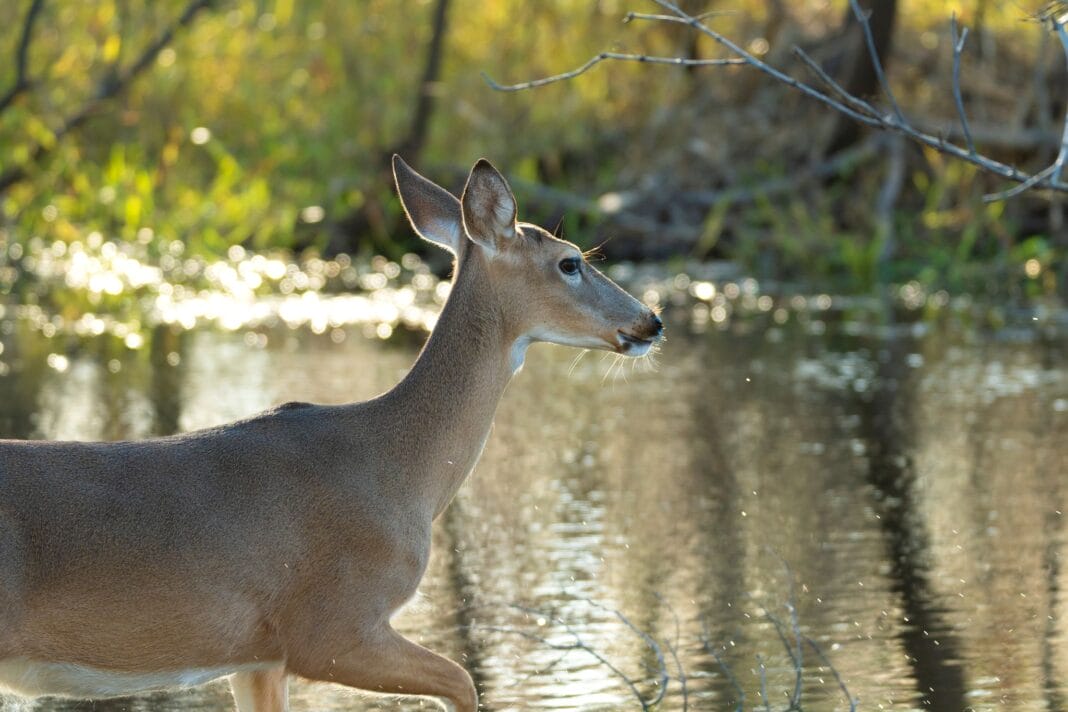Deer hunting, a time-honored tradition for many, is an activity where success often hinges on a hunter’s understanding of the natural environment. Among the various factors influencing deer behavior, weather conditions play a pivotal role. By analyzing how temperature, wind, precipitation, and atmospheric pressure impact deer movement, hunters can enhance their chances of success. This article delves into the intricacies of how different weather elements affect deer and how hunters can leverage this knowledge.
The Role of Temperature in Deer Behavior
Optimal Temperature Ranges for Deer Activity
Deer activity is significantly dictated by temperature. During cooler months, deer become more active as they feed to build fat reserves for winter. Research suggests that deer movement peaks in temperatures between 40 and 50 degrees Fahrenheit, with decreased movement in temperatures above 60 degrees due to heat stress.
Temperature Variations and Rutting Behavior
The rut, or mating season, is a critical time for hunters. During this period, deer activity is primarily driven by mating urges rather than feeding patterns. Lower temperatures increase the longevity and intensity of rutting activities since bucks expend considerable energy in pursuit of mates, making them more accessible to hunters.
Wind: A Critical Factor in Stalking Deer
Wind Direction and Scent Management
Deer possess an acute sense of smell; thus, wind direction is crucial in a hunting strategy. Hunters must position themselves downwind of their targets to avoid detection. Understanding prevailing wind patterns enables hunters to navigate fields and forests while minimizing their scent trail.
Wind Speed and Deer Movement
Wind speed also influences deer activity. Light to moderate winds can mask a hunter’s approach as rustling leaves and swaying branches mimic ambient natural sounds. Conversely, strong winds make deer more skittish, pushing them to remain bedded down to avoid potential threats.
Precipitation: Rain and Snow Effects
Light Rain and Increased Daytime Movement
Precipitation can trigger increased movement in deer, particularly light rain, which often encourages daytime activity as it cools the air and reduces noise levels. Additionally, moisture on the ground can soften steps, making it easier for deer to move undetected.
Heavy Rain and Snow: Limiting Factors
Heavy rain and snow, however, can significantly reduce deer activity and movement. During these conditions, deer typically seek shelter to conserve energy and maintain body heat. However, the aftermath of a downpour or snowfall often sees an uptick in movement as deer resume feeding.
Atmospheric Pressure and Its Influence
Barometric Pressure Changes and Deer Movement
Barometric pressure plays an understated yet influential role in deer movement. Rising pressure usually indicates fair weather, prompting deer to move more frequently. Conversely, falling pressure commonly signals incoming storms, often resulting in increased feeding before the storm or decreased activity during it.
Pressure Trends and Predicting Movement
Understanding pressure trends helps hunters predict optimal hunting windows. Generally, deer are most active during stable or rising pressure settings, aligning their feeding and movement with impending weather changes.
Strategies for Hunting Success Based on Weather
Planning Hunts Around Weather Forecasts
Savvy hunters plan their outings based on extended weather forecasts, aligning their efforts with windows of predicted optimal conditions such as cold fronts or post-rain periods.
Utilizing Technology and Gear
Modern hunters benefit from technological advancements, like GPS mapping and weather apps that provide real-time updates, aiding in strategic hunting practices. Additionally, proper clothing and equipment for varying weather conditions increase comfort and extend time in the field.
Weather is a dynamic and influential element in deer hunting. By understanding the various ways it affects deer behavior, hunters can improve their strategies to enhance success. Ideal temperature ranges, favorable wind conditions, light precipitation, and stable barometric pressure create the perfect hunting scenario. Knowledge and adaptation to these natural cues enable hunters to engage more ethically and proficiently with this time-honored pursuit.


